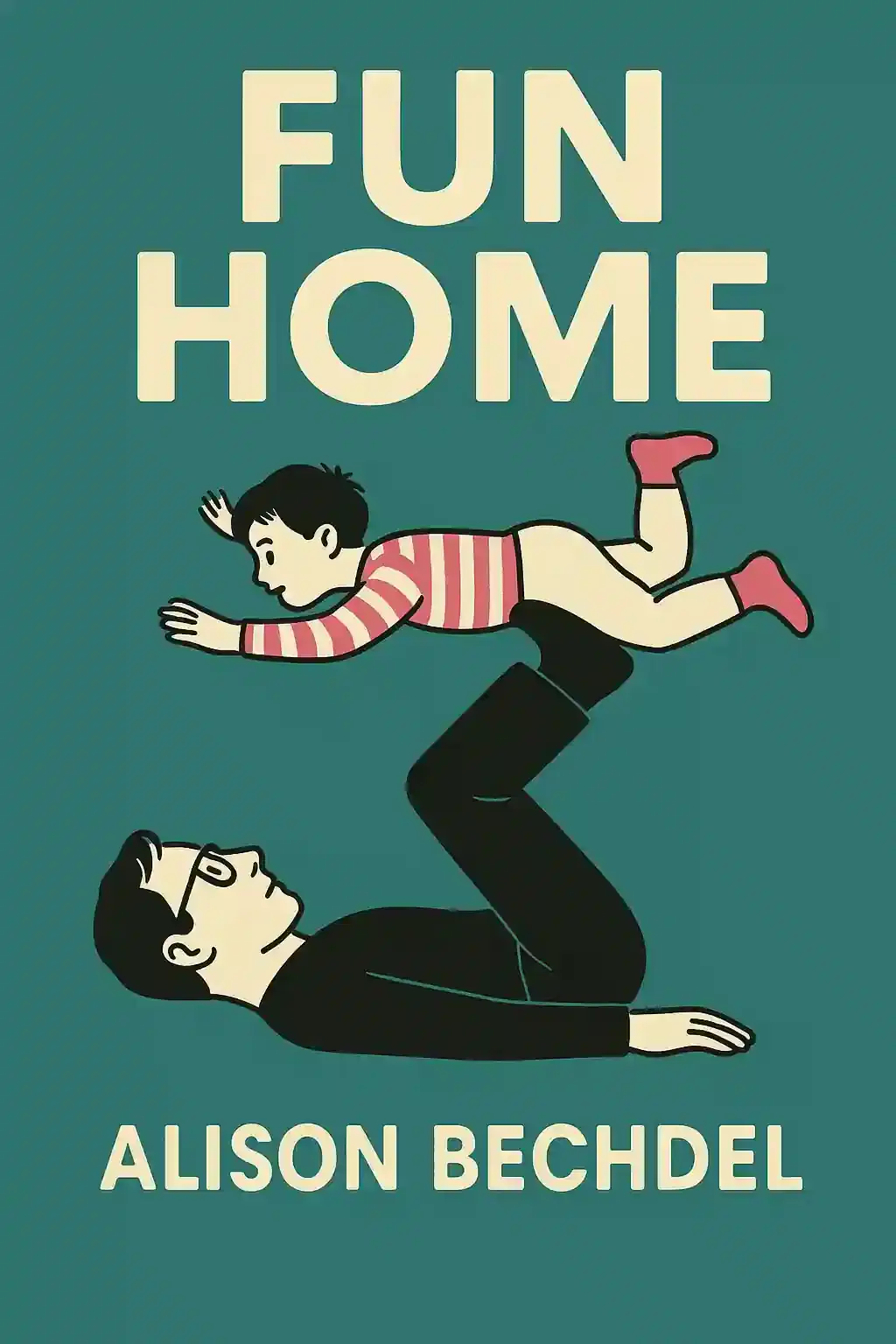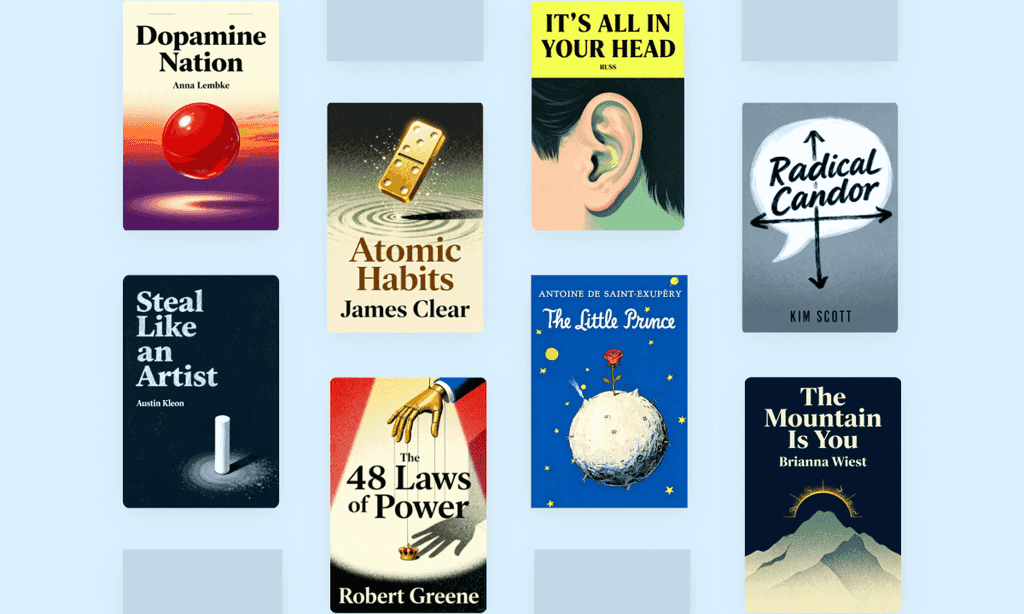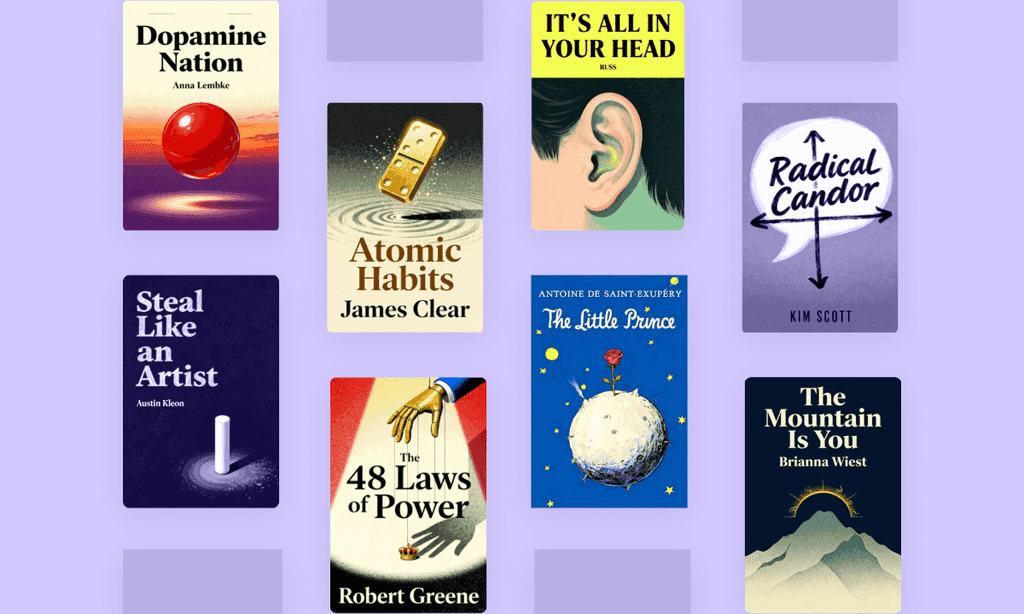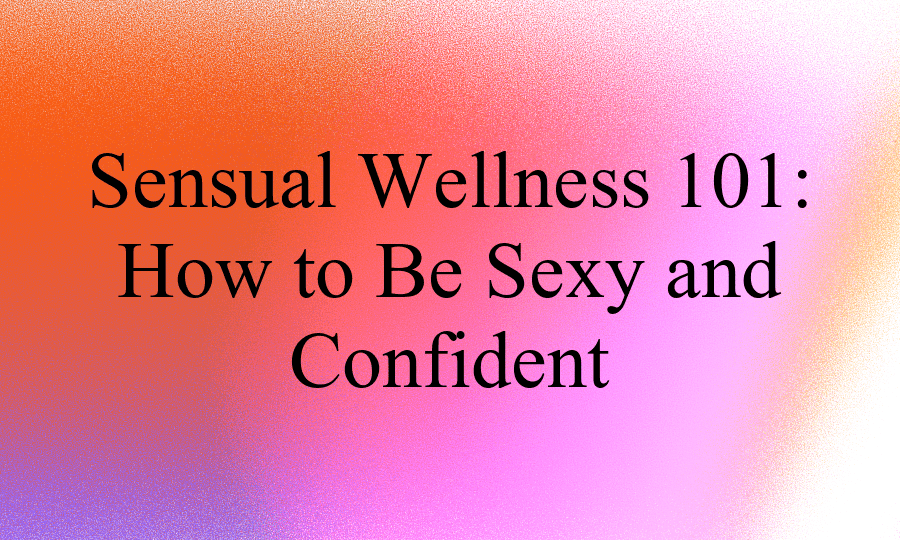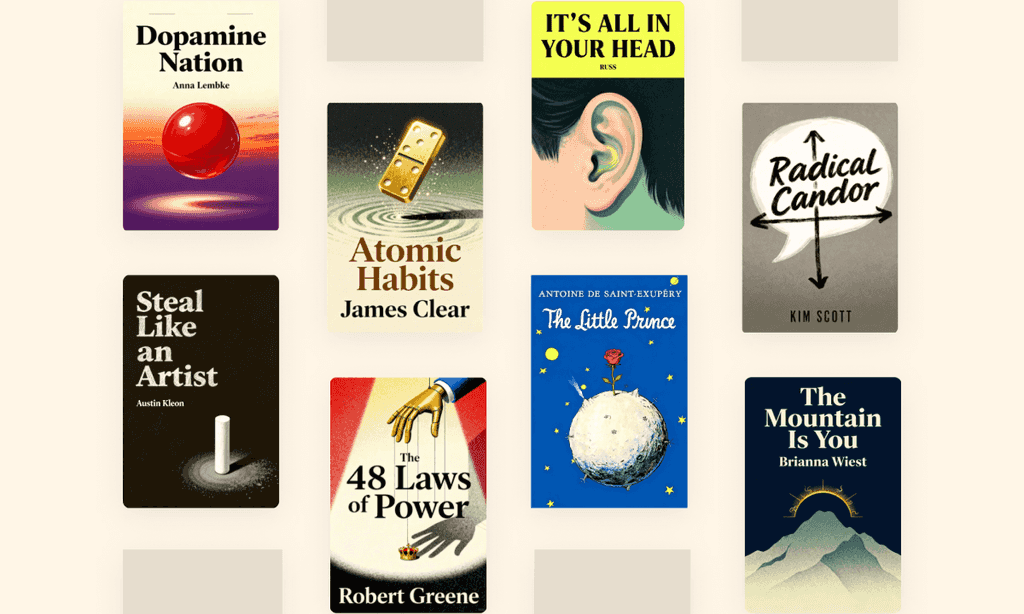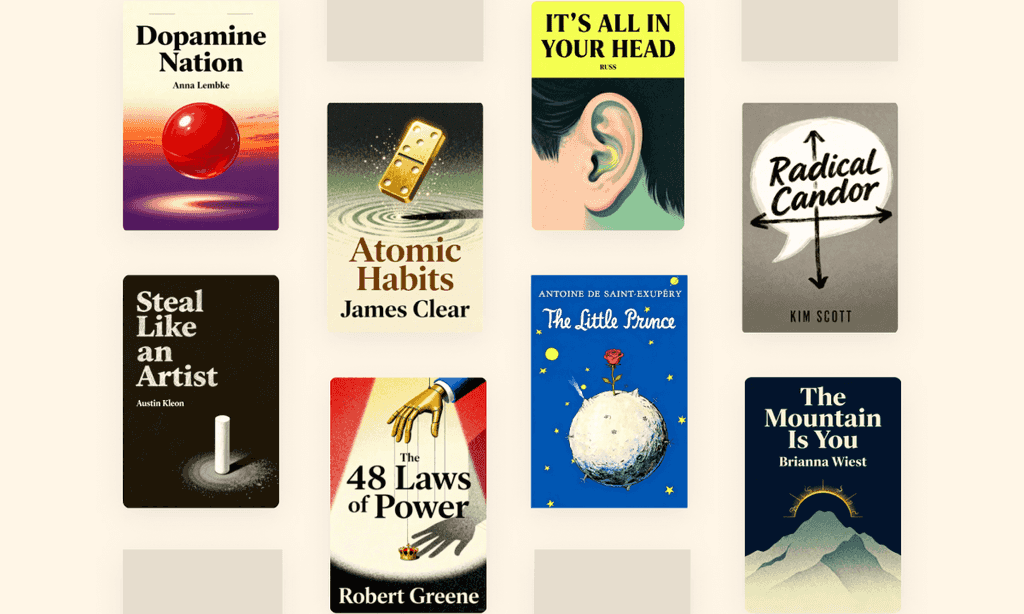
Hi Honey, I'm Homo! by Matt Baume Summary
Matt Baume's award-winning journey through television history reveals how sitcoms secretly revolutionized LGBTQ+ acceptance. From "Bewitched" to "Modern Family," discover the behind-the-scenes battles that transformed American culture. As Dan Savage declares, "a triumph everyone should read."
About the author
Matt Baume, acclaimed author of Hi Honey, I'm Homo! and Lambda Literary Award winner, is a leading voice in LGBTQ+ pop culture analysis.
His book explores queer representation in American sitcoms, blending meticulous research with insights shaped by his decade-long YouTube series documenting LGBTQ+ media history and his GLAAD-nominated podcast The Sewers of Paris.
A Seattle-based writer and cultural critic, Baume’s work has been featured in The New York Times, Rolling Stone, and NPR, while his lectures at institutions like Sony and South by Southwest amplify his expertise in queer storytelling.
His previous book, Defining Marriage, chronicles pivotal battles for marriage equality, establishing his reputation as a chronicler of LGBTQ+ civil rights milestones. Hi Honey, I'm Homo! won the 2024 Lambda Literary Award for Nonfiction and was named an NPR “Book We Love,” solidifying its status as a landmark work in media studies.
FAQs About This Book
Hi Honey, I'm Homo! explores how LGBTQ+ representation in 20th-century sitcoms like Bewitched, All in the Family, and Modern Family shaped American culture. Matt Baume reveals hidden queer narratives, behind-the-scenes activism, and censorship battles, arguing that these shows played a pivotal role in advancing LGBTQ+ visibility and acceptance. The book blends pop culture analysis, interviews, and queer history to show how humor subverted norms and drove social change.
This book is ideal for pop culture enthusiasts, LGBTQ+ history scholars, and sitcom fans. Readers interested in media’s role in social movements, queer representation, or the intersection of comedy and activism will find it insightful. It’s also accessible for casual readers seeking engaging nonfiction about TV’s cultural impact.
Yes. A 2024 Stonewall Book Honor Award winner, it’s praised as “thoughtful and thorough” (NYT) and “informative and funny” (Forbes). Critics highlight its blend of entertainment and scholarship, with Vulture calling it a “heartbreaking historical document” that showcases sitcoms’ power to drive progress.
Baume uncovers queer subtexts, like Bewitched’s flamboyant Uncle Arthur as a coded gay character and All in the Family’s groundbreaking but cautious LGBTQ+ storyline. He details how writers navigated network censorship to humanize queer experiences, using humor to challenge stereotypes.
The book highlights The Golden Girls’ trailblazing LGBTQ+ episodes, including one of TV’s first AIDS storylines. Baume reveals behind-the-scenes advocacy by Betty White and how the show balanced humor with empathy, normalizing queer lives for mainstream audiences.
Baume acknowledges backlash against shows like Ellen and Will & Grace, which faced boycotts for “pushing agendas.” However, he argues these sitcoms humanized queer characters during pivotal moments, fostering public support for LGBTQ+ rights despite media oversimplification.
The book links TV milestones to historical events, like Soap’s queer character coinciding with Anita Bryant’s anti-LGBTQ+ campaign. Baume shows how sitcoms mirrored—and sometimes accelerated—broader societal shifts, such as marriage equality.
Key insights include:
- “Laughter disarms fear, making queer lives relatable.”
- “Sitcoms are Trojan horses for radical ideas.”
- “Visibility without nuance risks reinforcing stereotypes.”
Baume frames sitcoms as both reflections of and catalysts for change.
Unlike academic texts, Baume’s narrative prioritizes accessibility and humor. It complements works like The Celluloid Closet but focuses on sitcoms’ unique role in domesticating queer identities for mainstream audiences.
Amid ongoing debates over LGBTQ+ rights, the book warns that progress isn’t permanent. It underscores media’s power to normalize equality—or erase it—making it essential for understanding current cultural battles.
The book includes accounts like:
- MASH* writers hiding a character’s sexuality from censors.
- The Muppet Show’s queer-inclusive ethos under a closeted producer.
- Roseanne’s controversial same-sex kiss and its fallout.
Baume concludes with a call to defend LGBTQ+ visibility, urging readers to recognize sitcoms as both cultural artifacts and tools for change. He emphasizes that representation remains a battleground, blending optimism with caution.
Quick Summary Mode - Read or listen to Hi Honey, I'm Homo! Summary in 9 Minutes
Break down key ideas from Hi Honey, I'm Homo! into bite-sized takeaways to understand how innovative teams create, collaborate, and grow.
Flash Card Mode - Top 9 Insights from Hi Honey, I'm Homo! in a Nutshell
Distill Hi Honey, I'm Homo! into rapid-fire memory cues that highlight Pixar’s principles of candor, teamwork, and creative resilience.

Fun Mode - Hi Honey, I'm Homo! Lessons Told Through 23-Min Stories
Experience Hi Honey, I'm Homo! through vivid storytelling that turns Pixar’s innovation lessons into moments you’ll remember and apply.
Personalize Mode - Read or listen to Hi Honey, I'm Homo! Summary in 0 Minutes
Ask anything, pick the voice, and co-create insights that truly resonate with you.

From Columbia University alumni built in San Francisco
See More Stories?

Get the Hi Honey, I'm Homo! summary as a free PDF or EPUB. Print it or read offline anytime.




